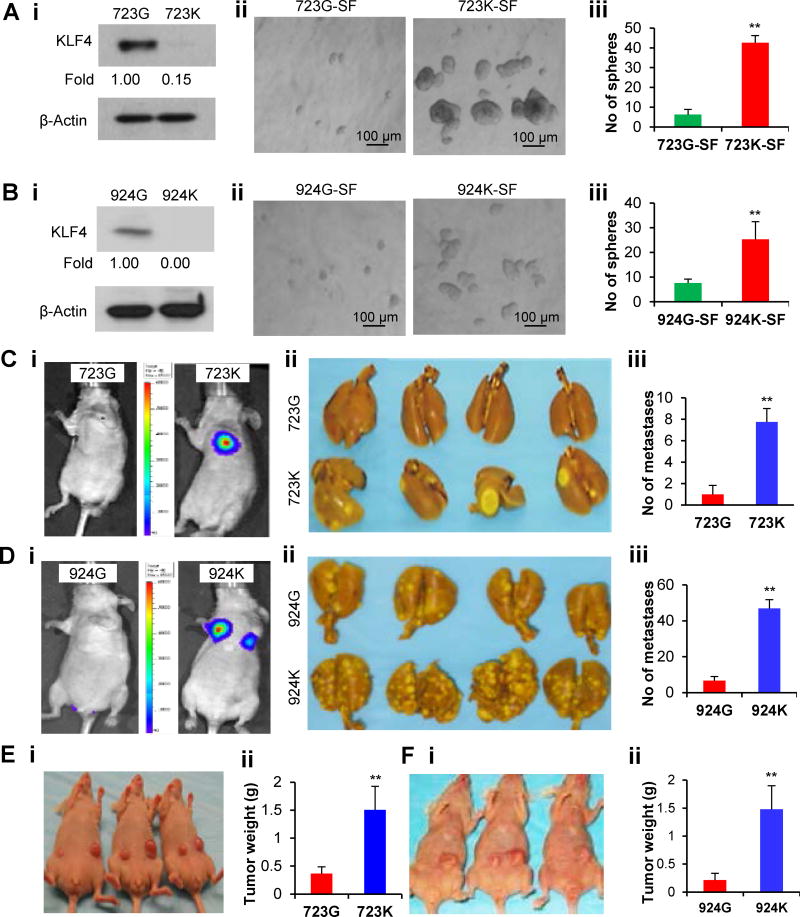Figure 2. Genetic ablation uncovers the stemness-suppressive function of Klf4 in mouse model.
(A–B) WB analysis of KLF4 expression in parental 723G/924G (Klf4loxp/loxp) and derived 723K/924K (Klf4−/−) cells (Ai & Bi), and their spheroid-forming abilities were determined in tumorsphere culture (Aii–iii & Bii–iii).
(C–D) Paired 723G/723K and 924G/924K cells carrying the luciferase reporter gene were intravenously injected into mice through the tail vein (n=8/group), and lung tumor metastasis was monitored by in vivo bioluminescence imaging (representative photos, Ci & Di), and the metastatic nodules visible on the surface of the lungs were accounted at the end of experiment (representative images, Cii & Dii; quantitative data, Ciii & Diii).
(E–F) 723G and 723K cells were subcutaneously injected into the abdominal flanks of mice (n=5/group), respectively, and representative images of tumor growth (Ei) and the average tumor weight measured (Eii) at the end of experiment are showed. Similar results were obtained using the paired 924G/924K cells (Fi & Fii). (*P<0.05; **P<0.01).

